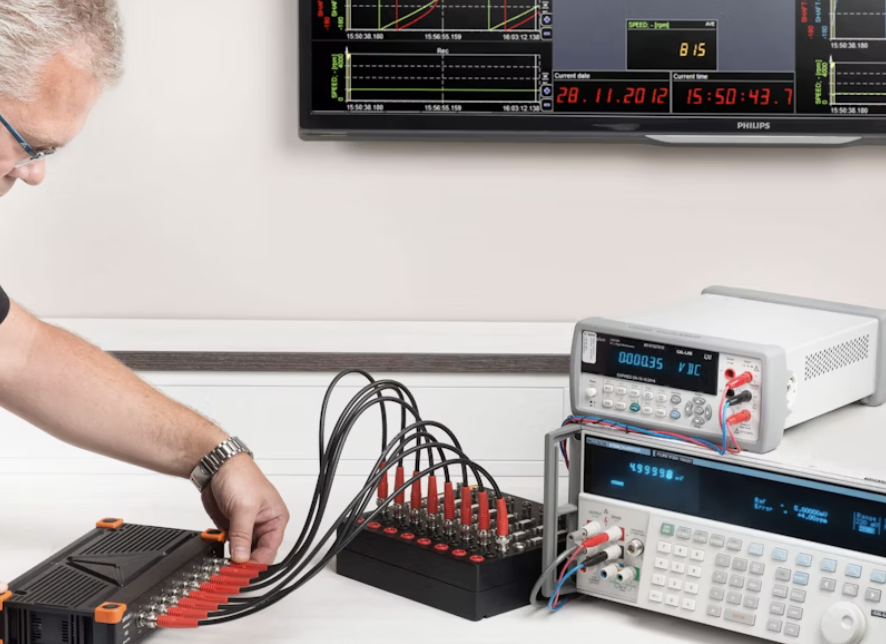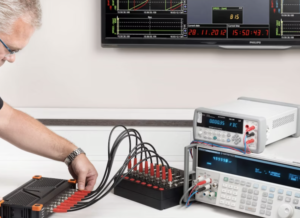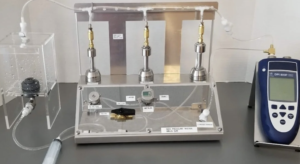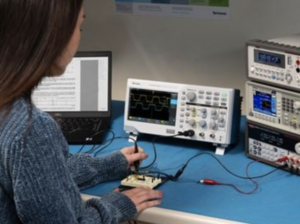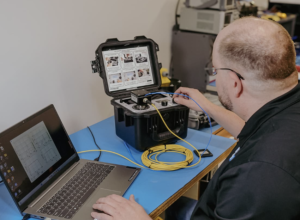Common Mistakes to Avoid When Procuring Data Acquisition Systems for Triaxial Labs
Buying a DAQ for triaxial testing isn’t just about “how many channels” and “what sampling rate”. The right platform must speak your sensors’ language, capture clean, synchronous data, slot into your software workflow, and scale with your lab. Here are the big pitfalls—and what to do instead.
Why Overlooking Sensor Compatibility Causes Problems
Typical mistakes
- Choosing DAQs that can’t excite mV/V bridge sensors1 (load cells, pressure transducers) with stable, low-noise excitation.
- No native support for LVDTs2 (displacement), forcing makeshift analogue inputs and noisy demodulation.
- Ignoring ±10 V / 0–5 V / 4–20 mA channels for smart transmitters, or missing digital buses (RS-485/Modbus, encoder inputs).
- Mismatched connectors, poor shielding, and no strain relief—leading to intermittent faults.
Symptoms
- Drifting zero, poor repeatability, B-values that won’t stabilise, or “steppy” strain.
- Excessive noise on displacement and pore pressure.
Do this instead
-
Map sensors → interfaces before you shop:
Sensor DAQ must support Notes Load cell (mV/V) Stable bridge excitation (2.5–10 V), low-noise amp, 18–24-bit ADC Shunt cal & thermal stability help Pore/cell/back pressure mV/V or 0–5 V; clean analogue inputs Temperature-compensated transducers preferred LVDT Native LVDT module or AC excitation + demod Rigid mounting cuts mechanical noise Volume change (pump/encoder) Encoder/digital counts or analogue input Derive flow/volume in software Temperature RTD/thermistor input with linearisation Useful for drift diagnostics -
Require multi-point, up/down calibration routines with certificate storage and expiry reminders.
-
Specify shielded cabling, proper connectors (BNC/DIN/5-pin), and documented earthing.
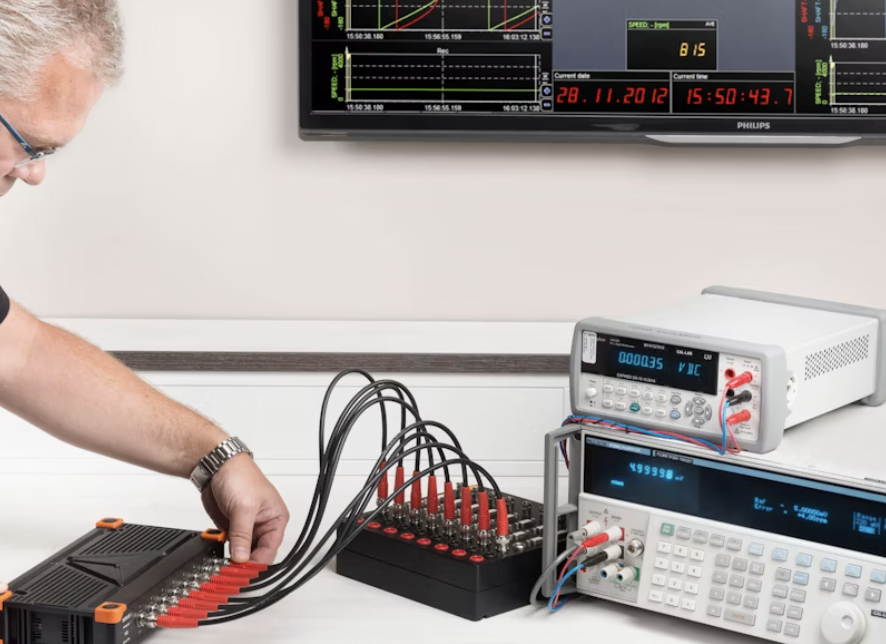
Why Underestimating Sampling Speed Hampers Accuracy
Typical mistakes
- One “global” sample rate for every channel.
- No anti-alias filtering; or sampling too low for displacement control.
- Channels sampled on different clocks → phase errors in ( q!-!p’ ) paths.
What goes wrong
- Aliasing and jagged stress–strain curves.
- Incorrect B-checks and rate-dependent artefacts.
- Missed peaks in cyclic or post-peak behaviour.
Do this instead
-
Match rate to signal bandwidth and add proper filtering:
Channel Monotonic CU/CD Low-pass (start point) Axial load / pressures 10–20 Hz 2–5 Hz Displacement (LVDT) 20–50 Hz 5–10 Hz Volume change 5–10 Hz 1–2 Hz -
For cyclic/dynamic, require simultaneous sampling at 100–1,000+ Hz.
-
Insist on a single hardware clock across channels (don’t trust PC-clock sync).
-
Publish noise specs (rms/ENOB) and give access to filter settings.
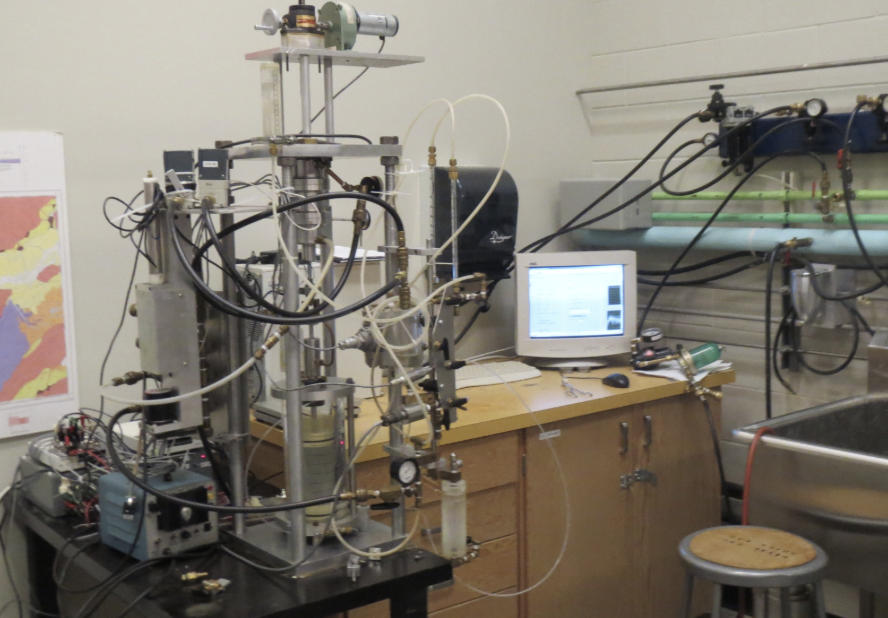
How Ignoring Software Integration Creates Workflow Gaps
Typical mistakes
- Closed data formats that won’t export to LIMS or spreadsheets.
- No calculated channels3 ( ( q ), ( p’ ), ( \varepsilon_a ), ( \varepsilon_v ), B-value )—forcing error-prone manual sheets.
- Lack of scripts4 for stages (saturation → consolidation → shearing) and no stop conditions (u-excess, strain limit, post-peak %).
- Missing auto-save, checkpoints, audit logs, or role-based access → traceability risks.
Consequences
- Time lost re-keying data; inconsistent methods between operators.
- Painful audits; hard-to-defend results.
Do this instead
- Require:
- Versioned method & channel templates with units, scale factors, zeroing rules.
- Calculated channels for effective stress and stiffness windows (E50).
- Scripted control + interlocks (over-pressure, over-stroke) and stop rules.
- Open exports (CSV/TDMS/Parquet) with rich metadata (operator, calibration IDs, firmware).
- Auto-save + checkpoint files + checksums; audit trails aligned with ISO/IEC 17025 practice.
Why Neglecting Scalability Increases Future Costs
Typical mistakes
- Buying to today’s channel count with no room for a second cell, cyclic module, or smart pumps.
- Non-modular hardware; short product life; no firmware pathway.
- Under-spec’d network/storage for parallel tests.
Downside
- A second DAQ just to add two sensors; mismatched systems; duplicated training and spares.
- Costly re-validation and downtime when you “rip and replace”.
Do this instead
- Choose modular or networkable5 DAQs with spare analogue/digital slots and clean Ethernet comms.
- Keep performance headroom6: 24-bit for mV/V, channel isolation, stable excitation, CPU/network capacity for multiple rigs.
- Check lifecycle: 5–10 years of parts/firmware, field-replaceable modules, clear calibration/service pricing.
- Plan storage: local + mirrored disk, and automatic archiving to NAS/LIMS.
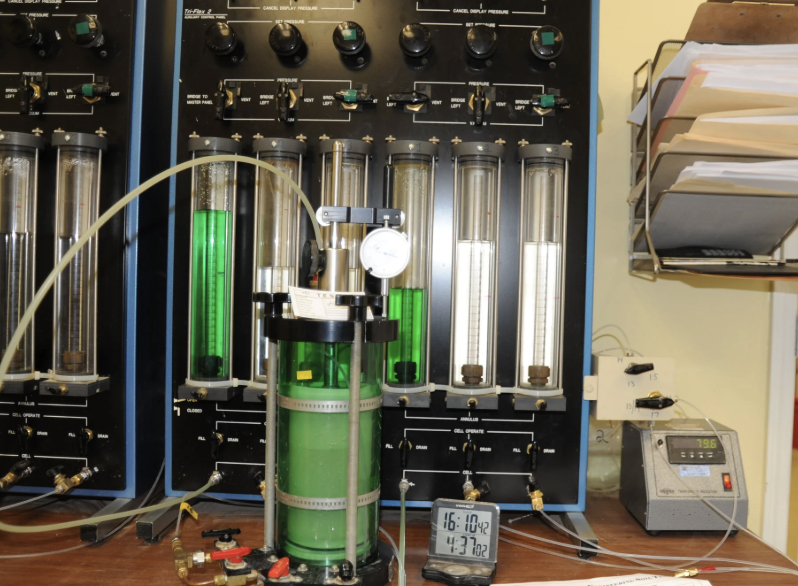
Quick Procurement Scorecard (print this)
| Criterion | Pass if… |
|---|---|
| Sensor compatibility | Native support for mV/V, LVDT, ±10 V / 4–20 mA; proper connectors & shielding; multi-point calibration with certificate storage |
| Data quality | 18–24-bit ADCs, anti-alias filters, single hardware clock, simultaneous sampling where needed, published noise specs |
| Software workflow | Calculated channels ( ( q, p’, B ) ), scripts & interlocks, stop conditions, auto-save/checkpoints/audit logs, open exports + metadata, LIMS/API |
| Reliability | Auto-reconnect, watchdogs, UPS guidance; event logs; checkpoint recovery |
| Scalability | Modular expansion, spare channels, network DAQs, long-term support & spares |
| Compliance | Method templates aligned with ASTM/BS practices; traceable calibration management |
Bottom Line
Most DAQ regrets come from four blind spots: sensor fit, sampling & sync, software workflow, and scalability. Tackle those upfront and you’ll buy once, test faster, pass audits, and get cleaner ( q!-!p’ ) paths with fewer re-tests—and a lab that grows without ripping out what you just installed.
-
Understanding mV/V bridge sensors is crucial for selecting the right DAQ system, ensuring accurate measurements. ↩
-
Exploring LVDTs will enhance your knowledge of displacement measurement, helping you avoid common pitfalls in sensor selection. ↩
-
Understanding calculated channels can help improve data accuracy and reduce manual errors in your processes. ↩
-
Exploring how scripts enhance data processing can lead to more efficient workflows and better traceability. ↩
-
Explore this link to understand how modular DAQs can enhance flexibility and scalability in your projects. ↩
-
Learn why maintaining performance headroom is crucial for ensuring reliability and efficiency in data acquisition. ↩

